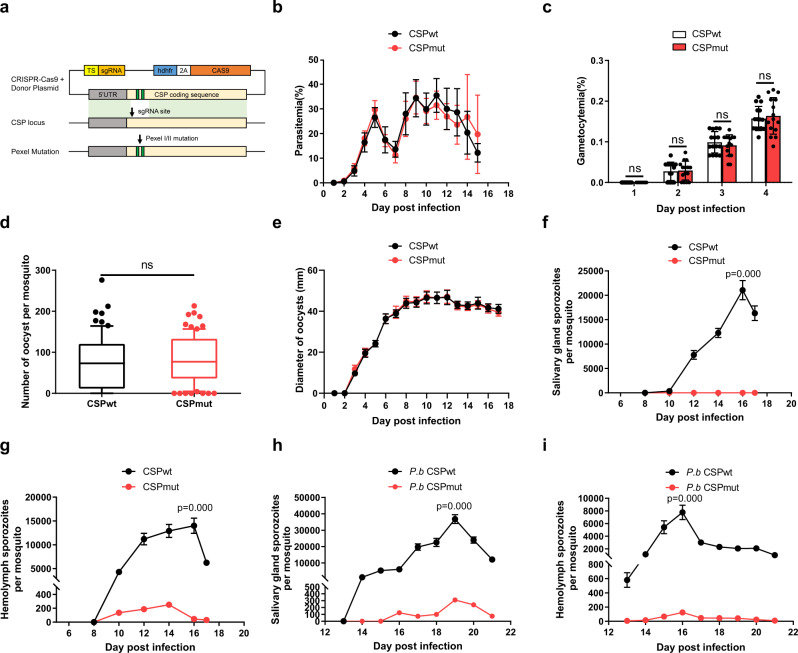Fig. 1. Release of sporozoites from CSPmut oocyst in mosquitoes is greatly impaired.
a Schematic representing the construction of the recombinant Plasmodium yoelii CSPmut parasite using CRISPR-Cas9. The amino acids of pexel I (RNLNE) and pexel II (RLLGD) in wild-type CSP were mutated into ANANA and ALAGA, respectively. Both the parasitemia (b) and gametocytemia (c) of mice (n = 15) infected with the CSPwt or CSPmut parasites were compared at the indicated time points. The average number of oocysts (d) in mosquitoes (n = 81) at day 7, and the average diameter of oocysts (e) under ×400 field in mosquitoes (n = 40) at the indicated time points after feeding on CSPwt or CSPmut-infected mice. The average number of salivary gland sporozoites (f) in mosquitoes (n = 90), and hemolymph sporozoites (g) in mosquitoes (n = 60) infected with P. yoelii CSPwt or CSPmut parasites at the indicated time points were recorded. The average number of salivary gland sporozoites (h) in mosquitoes (n = 90), and hemolymph sporozoites (i) in mosquitoes (n = 60) infected with P. berghei CSPwt or CSPmut parasites at the indicated time points. For box-plot diagram (d): middle line represents median; boxes extend from the 25th to 75th percentiles. The whiskers mark the 10th and 90th percentiles. c, d A two-sided Student’s t-test was used for the statistical analysis. f–i A two-sided Mann–Whitney U test was used for the statistical analysis. The data were presented as the means ± SD; ns, no significance; p-values were shown. The data were combined based on three independent experiments (b–i). Source data are provided as a Source Data file.

